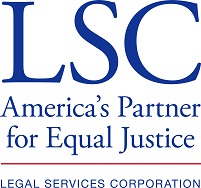No Cause Eviction
A tenant and a landlord can end a tenancy for no reason at the end of a lease or when the tenant is living in the property on a month to month basis. This can be done if the landlord or the tenant give to the other person what is often called a “No Cause” notice.
A no cause notice must be given at the right time. If you have a lease, it will say when you have to let your landlord know you will move out. The lease will also say when a landlord can give you a notice saying you have to move out. If your lease is over and you are a month to month tenant, you must still follow the lease. If you have an oral lease or your lease does not say how much time is needed, you must give your written notice at least 15 days before the end of the month or pay period.
A no cause notice does not allow the landlord or the tenant to end the tenancy in the middle of the month or pay period, unless both parties agree. For example, a 15-day no cause notice given to the tenant on the 24th of the month cannot be used to remove the tenant by the 10th of the following month. The tenant can stay in the property until the end of the next month as long as the rent is paid. However, the tenant can accept the landlord’s offer and move out by the 10th and pay only 10 days of rent.
There are times when a landlord cannot end a month to month tenancy without a good reason. A landlord cannot end the tenancy without a good reason if the tenant lives in some types of public housing. However, the tenant can give a notice to the landlord if there is no lease in effect. If there is a lease in effect, the only way to end tenancy for no reason is if the tenant and the landlord both agree to end the lease.
The information in this site is not intended as legal advice.


